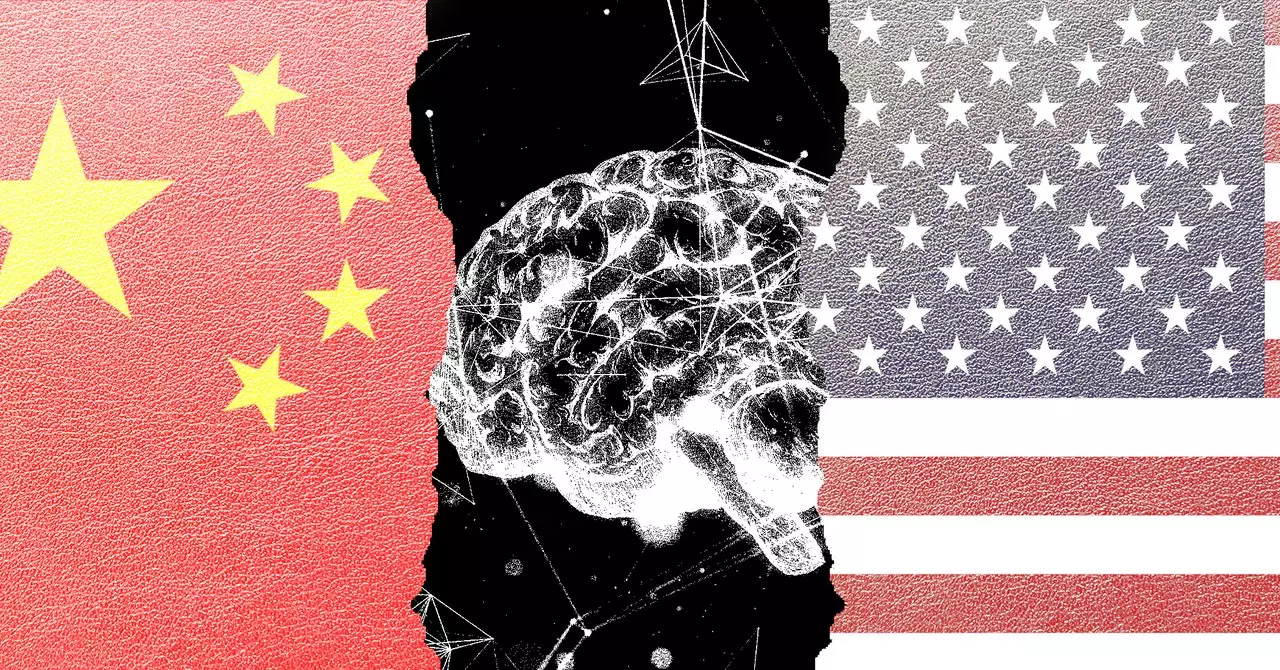The investment landscape for U.S. investors interested in Chinese AI startups is undergoing significant transformation due to new regulations implemented by the U.S. Treasury Department. These measures impose a more rigorous requirement for due diligence on the part of American investors who wish to engage with Chinese companies specializing in artificial intelligence. This article aims to dissect the implications of these regulations, their anticipated impact on venture capitalists, and the potential for future governmental shifts under varying political administrations.
One noteworthy aspect of the new regulations is that U.S. investors are now required to conduct extensive due diligence to ascertain whether a Chinese AI venture falls under the category demanding government notification. For instance, even if an AI model is below the 1025-flops threshold, U.S. investors are still bound to inform the Treasury if their transaction pertains to models as small as 1023 flops—encompassing a vast swath of AI developments currently underway. As Robert A. Friedman, an international trade lawyer, underscores, this necessitates a meticulous examination of investments, creating a labyrinthine pathway for American venture capitalists.
The increased due diligence requirements effectively establish a system whereby financial flows from U.S. investors to Chinese AI startups are monitored, marking a shift toward more restrictive oversight. This paradigm of self-regulation places substantial pressure on investors who must now navigate uncharted waters, ensuring they possess a comprehensive understanding of the entities they seek to invest in.
While many within the domestic AI sector view these new rules favorably—arguing they bolster the competitiveness of American companies and address national security concerns—venture capitalists with international portfolios face considerable challenges. The regulations are likely to serve as a deterrent, influencing the appetite for international investments substantially. The impending deadline for these restrictions, set for January 2, adds an urgent undertone as investors scramble to adapt their strategies amidst a backdrop of consultant-led assessments and regulatory ambiguities.
The prospect of additional modifications to the regulations further complicates this scenario. The Treasury Department has hinted at ongoing discussions to refine rules, which could add layers of complexity to compliance efforts mandated of U.S. investors.
These restrictions don’t exist in a vacuum; the U.S. government’s intention to collaborate with allies such as G7 nations emphasizes a broader strategy to stymie investments flowing into Chinese AI endeavors. Joint efforts to harmonize restrictions across borders could limit avenues for Chinese startups to engage with venture capital from Europe, Canada, and Japan, thus amplifying the fallout from U.S. regulations. Such coordinated action illustrates the multifaceted approach the U.S. is taking to contain the growth of AI capabilities in China, which is perceived as a strategic competitor.
Yet, the political landscape remains unpredictable, especially in light of a potential return of former President Trump. Many members within the venture capital fraternity who supported Trump are staunch detractors of the new regulations. This internal dissonance could lead to significant lobbying efforts aimed at rolling back or modifying restrictions. The reality is that prominent American corporations with substantial investments in China could perceive these constraints as detrimental to their global strategies.
Looking ahead, it is plausible that a Republican administration might initiate an expansion of the existing regulations, possibly through executive orders or legislative measures. Attention may extend beyond AI to encompass other burgeoning sectors, such as biotechnology and renewable energy. This prospect aligns with a broader vision articulated by the Biden administration characterized as a “small yard, high fence,” which delineates specific areas for stringent regulatory action.
Concluding Thoughts
The evolving regulatory framework governing U.S.-China AI investments paints a complex picture of opportunity and restriction. Investors are required to adapt to these changes while remaining vigilant about ongoing developments in the political sphere, which could shape the domain of international capital flows. As these dynamics shift, observing the balance between national security and economic engagement will be paramount, shaping the future of technology investments in a rapidly changing global landscape.


Leave a Reply